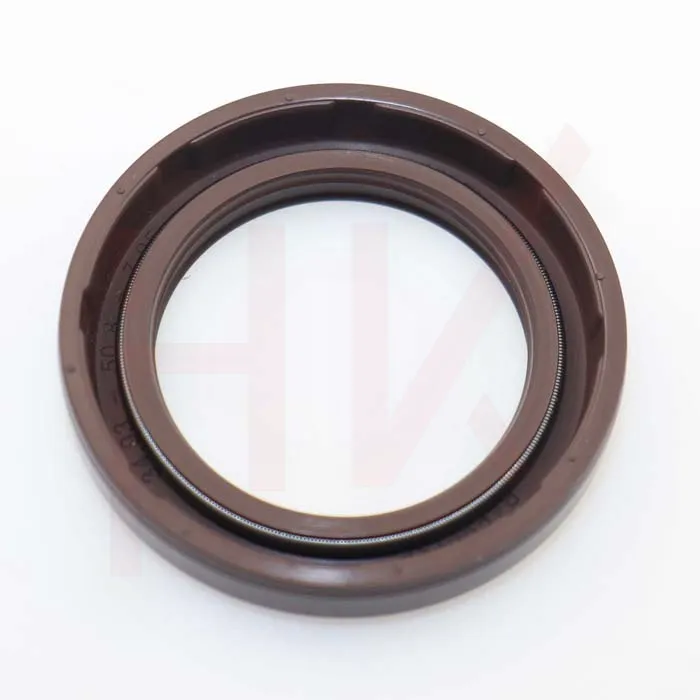Sep . 14, 2024 17:15 Back to list
metric shaft seals
Understanding Metric Shaft Seals Importance and Applications
Metric shaft seals play a crucial role in various industrial applications, providing essential protection and efficiency for rotating machinery. These seals are designed to prevent the leakage of fluids, including lubricants and gases, from the internal components of machines, thereby reducing maintenance needs and enhancing operational longevity. In this article, we will explore the significance, types, and applications of metric shaft seals.
Significance of Metric Shaft Seals
Shaft seals are vital for maintaining the integrity of machinery. They help to keep contaminants out and retain lubricants within the system, ensuring that moving parts operate smoothly and efficiently. When contaminants enter machinery, they can cause wear and tear, leading to premature failure or costly repairs. By effectively sealing the shaft, workers can improve the reliability of their equipment, decrease downtime, and maximize performance.
Metric shaft seals are particularly important in systems that operate under high pressure or extreme temperatures. These seals are designed to handle varying conditions, ensuring that they perform effectively regardless of the operational demands. The correct selection of a metric shaft seal enhances the efficiency of machinery and extends its lifecycle.
Types of Metric Shaft Seals
There are various types of metric shaft seals, each designed to meet specific operational challenges. Some of the most common types include
metric shaft seals

1. Rotary Shaft Seals These are used to seal rotating shafts in equipment such as motors and pumps. They feature a flexible lip that maintains contact with the shaft, preventing leakage.
2. Lip Seals Specifically designed with a lip that exerts pressure against the shaft, lip seals provide an excellent barrier against contaminants and fluids. They are commonly used in automotive applications.
3. U-Cups These seals have a U-shaped design, creating a lip on both sides to effectively retain oil and prevent leakage. They are often used in hydraulic applications where high-pressure resistance is crucial.
4. O-Rings While not traditional shaft seals, O-rings are often used alongside shaft seals to provide additional pathways for sealing in specific applications.
Applications of Metric Shaft Seals
Metric shaft seals find applications across diverse industries. In the automotive sector, they are essential for maintaining the integrity of engines and transmissions. In manufacturing, these seals are crucial in hydraulic systems, ensuring efficient operation and preventing downtime. Additionally, they are widely used in industrial machinery, pumps, and compressors, allowing for optimal performance while safeguarding internal components.
In conclusion, metric shaft seals represent an indispensable component in modern machinery and equipment, fostering reliability and performance across various applications. Understanding the significance of these seals, their types, and appropriate applications can lead to better maintenance strategies and improved industrial efficiency. As technology advances, the development of more resilient and efficient shaft seals will continue to play a pivotal role in enhancing operational excellence across industries.
-
TCN Oil Seal Metal Ring Reinforcement for Heavy Machinery
NewsJul.25,2025
-
Rotary Lip Seal Spring-Loaded Design for High-Speed Applications
NewsJul.25,2025
-
Hydraulic Cylinder Seals Polyurethane Material for High-Impact Jobs
NewsJul.25,2025
-
High Pressure Oil Seal Polyurethane Coating Wear Resistance
NewsJul.25,2025
-
Dust Proof Seal Double Lip Design for Construction Equipment
NewsJul.25,2025
-
Hub Seal Polyurethane Wear Resistance in Agricultural Vehicles
NewsJul.25,2025
-
The Trans-formative Journey of Wheel Hub Oil Seals
NewsJun.06,2025
Products categories
















